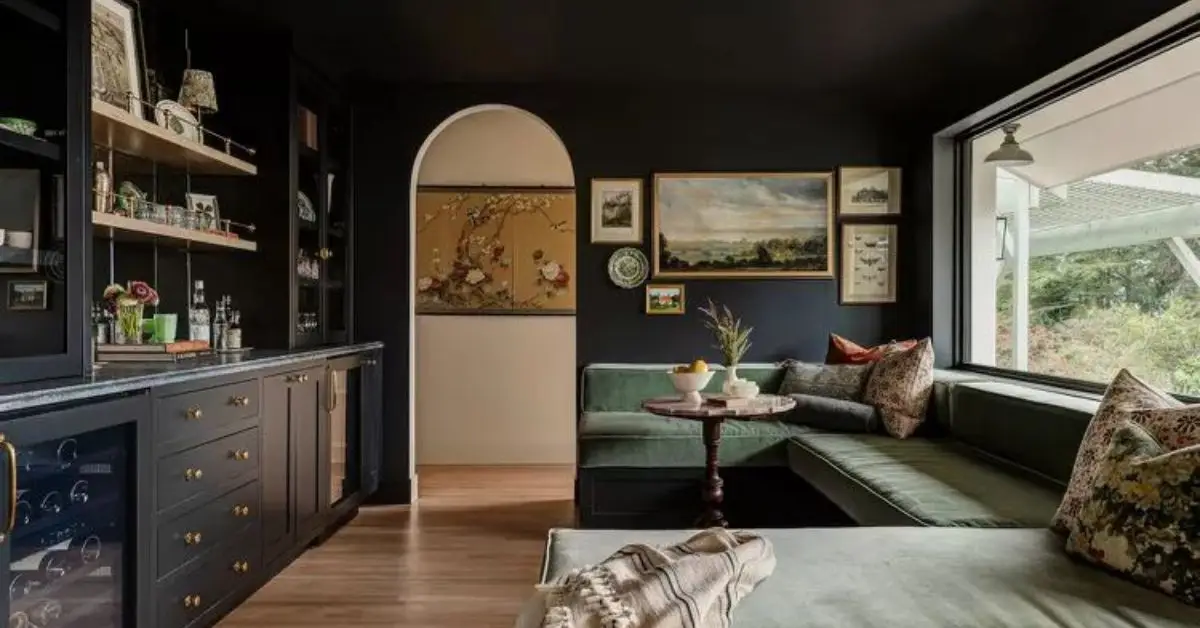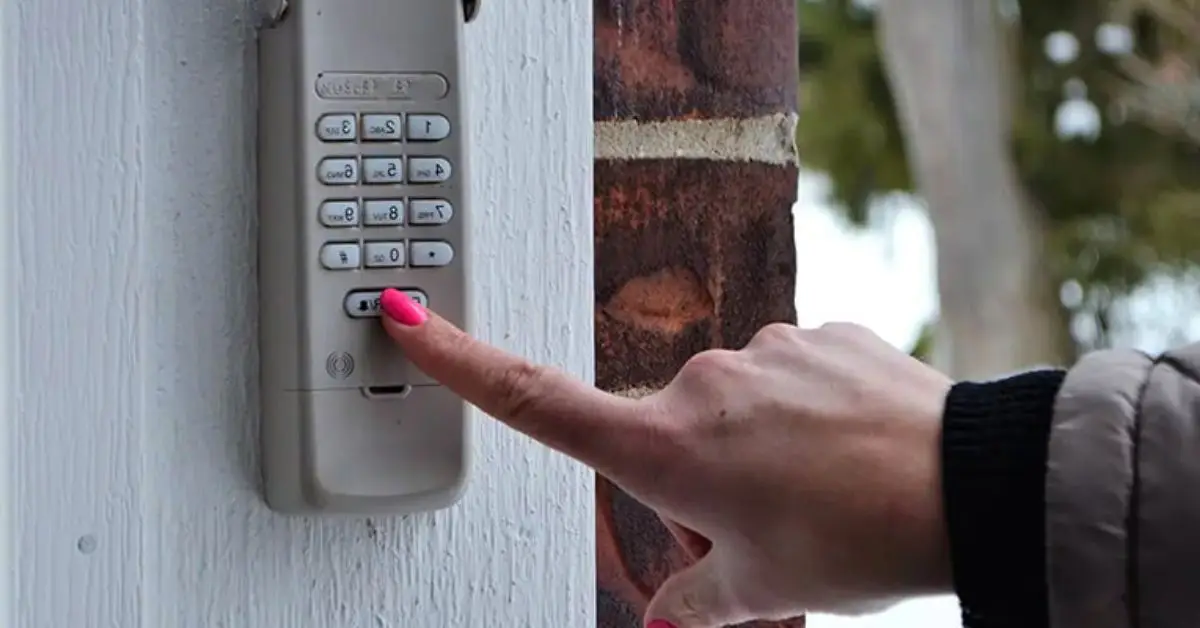9 Smart Design Hacks That Instantly Make Any Small Room Feel Bigger
Do you have the sensation that a room is constricting as soon as you enter it? As if, despite everything being tidy and in its proper place, the walls are about to close in? Small bedrooms, oddly shaped living rooms, and even a kitchen that could hardly accommodate one person at a time are all things I’ve experienced in my past residences.
The problem is that complete renovations and wall-tearing aren’t usually necessary. It usually has to do with the way your room feels and looks. This is where clever visual tactics come in, which you can do in a weekend without having to deal with landlords or spend hundreds of dollars.
I’ll give you nine tried-and-true tips in this guide to help your tiny space feel larger, lighter, and more airy. These are useful changes based on how our brains interpret space, not just Pinterest-style concepts. Additionally, I’ll tell you what isn’t worth your time because some of the popular advise doesn’t work.
Let’s turn that cramped space to your advantage rather than disadvantage.
1. Use Mirrors Like a Pro (Not Just Anywhere)
The saying “hang a mirror to make your room look bigger” is certainly familiar to you. However, the majority of individuals get this entirely wrong. The purpose is defeated when they throw up a mirror without considering what it is reflecting.
This is what genuinely works:
Mirrors should be positioned next to or opposite windows to reflect natural light into the space. If there isn’t much sunlight in your area, consider orienting the mirror to reflect an open doorway or lamp. It gives the impression that there is greater room outside the walls.
You might also take a risk and attempt the do-it-yourself mirrored window created from IKEA mirror tiles that I noticed was popular on TikTok. It enhances a flat wall’s architecture in addition to reflecting light. See what I mean by searching for #smallroommakeover.
Better still? Low ceilings appear taller when full-length mirrors are leaned against a wall. Just don’t anticipate magic just because you put a little mirror in a corner. Mirrors only enlarge a room when they are used purposefully.
Try This: Consider what a mirror will reflect before positioning it. It won’t help if the wall is blank or cluttered.
2. Paint Ceilings and Trim the Same Color as Your Walls
Most people concentrate on choosing a color for their walls, but in a tiny space, continuity is more important than color. Visual barriers are eliminated and a single, seamless surface is produced when the ceiling is painted and trimmed the same hue as the walls. Your room appears larger and more airy thanks to that visual fusion.
Pale gray, warm white, or muted beige are examples of light, soft neutrals that work particularly well for this method, although dramatic tones can still work as long as the finish remains constant.
According to The Spruce’s tips on enlarging tiny spaces, removing visual contrast contributes to a more spacious and tranquil setting.
Additionally, are you in a short-term or rental space? To achieve the same look without violating any lease requirements, try color-matched temporary panels or peel-and-stick wallpaper. Feeling a little uneasy after moving to a new place?These nine short suggestions will make you feel at home right away and help you settle in more quickly.
Even the lowest ceilings might seem a little higher with this one tiny adjustment.
3. Max Out Vertical Space to Pull the Eye Up
Thinking up is the best course of action when floor space is limited. Your walls are opportunities rather than merely obstacles. A room appears dramatically flattened when most people cease decorating at eye level. However, you can naturally raise the eye level by using vertical wall plants, floor-to-ceiling draperies, or tall bookcases. And even if your ceilings are only eight feet, that creates the appearance of height.
Another game-changer is curtains. Curtain rods should never be mounted directly above the window frame, but rather as close to the ceiling as feasible. It instantly improves the area and lengthens your wall.
Simply think of lines that go up rather than out; you don’t need to add anything costly.
4. Don t Use Rugs That Are Too Small Seriously
One of the most frequent errors people make when decorating tiny spaces is to select a rug that is too small in the hopes that it will give the impression that the space is larger. In actuality, it has the opposite effect, making the room appear smaller by cutting up the floor.
Unlike a bath mat, which should float alone, a rug should anchor your furniture. The front legs of your chairs and sofa should ideally rest on the rug. In this manner, the eye perceives everything as a single, cohesive area rather than disparate fragments. It seems larger and more unified.
Still not persuaded? Take this test: Take a picture of your living room with a little rug in the center. Next, swap it out for a bigger one that reaches the edges of the wall and extends beneath the furniture. Examine the two. One has a dollhouse-like feel, while the other has a designed sense.
Expert advice: If money is tight, combine a large, inexpensive jute rug with a smaller, patterned rug. Without spending a lot of money, you can have the visual breadth and a little flair.
5. Swap Bulky Furniture for Raised-Leg Pieces
Even well-made furniture might backfire in a small room, particularly if it is boxy or low to the floor. Replacing heavy, grounded furniture with pieces that rest on visible legs is one of the simplest ways to increase the amount of air in a space. Why? Because showing more floor space = creating more visual openness.
Mid-century modern styles are perfect for this: slim legs, clean lines, and nothing blocking the light from flowing underneath.
Even beds have a big impact. A raised platform bed with no storage underneath can actually make a small bedroom feel larger than a storage-heavy one that touches the floor.
And the best part? Raised-leg furniture makes cleaning easier too no more dust traps.
6. Go Monochrome But Play with Texture, Not Just Color
Everyone says, Use light colors to make a room feel bigger. Sure, that helps. But what really works isconsistencynot just in color, but in tone. If your walls, furniture, curtains, and decor are all in the same general palette, the eye doesn t hit hard visual stops. That s what makes a room feel seamless and bigger.
But here s the catch: a monochrome space can feel flat if you don t layer textures. Think linen curtains, a velvet pillow, a matte ceramic lamp, and a brushed metal table all in similar tones. The variety keeps the space interesting without overwhelming it.
One designer I follow calls this quiet depth. You re not distracting the eye you reinviting it to linger.
This trick works especially well in bedrooms and small living rooms where comfort and calm are just as important as space.
7. Use Multi-Functional Furniture (and Hide Clutter Like a Pro)
One of the fastest ways to make a small room feel tight is clutter not just mess, butvisible objects without a home. That s why multi-functional furniture is a must in small spaces. Think ottomans that open up for storage, side tables that double as stools, or beds with drawers underneath.
Not everything has to scream transformer. The key is choosing pieces that do more without looking like they do more.
Reddit is full of before-and-after pics from renters who swapped open bookshelves for closed cabinets or upgraded to lift-top coffee tables. The result? Cleaner lines, less visual noise, and instantly a bigger-feeling space.
One user in reddit even said:
Just hiding my extra blankets and tech cables made the room feel 30% larger. Nothing changed just what I could see.
If you live in a studio or a shared apartment, this isn t just about decor it s aboutmental clarity. When your space looks clean, it feels more spacious and less stressful. Want to take the cozy vibe even further?Try these stunning fall garden ideasthey instantly expand your space outdoors, too.
8. Let Natural Light Flow (or Fake It Really Well)
Light is one of the most powerful space-expanders and it doesn t cost a thing. A dark or shadowy room always feels smaller, no matter how clean or styled it is. That s why your window treatments matter more than you think.
Start by ditching heavy blackout curtains (unless it s a bedroom where you need them). Usesheer or light-filtering panels, and hang them wide and high this lets light flood in from the sides and makes your windows look larger too.
And if you don t get natural light? Fake it. LED strip lighting behind a headboard, under floating shelves, or inside a bookcase adds depth and glow without taking up any space. Warm white bulbs that mimic daylight can make a cave-like room feel instantly fresher.
It s not just about the light source it s about what it hits. Keep shiny or pale surfaces near light sources to help reflect it deeper into the room.
9. Define Zones in the Room Even If It s Tiny
Here s a trick that sounds counterintuitive but works: divide your small room intoclear zones. It might seem like defining areas would make things feel smaller, but it actually helps your brain organize the space and that makes it feel more open.
In a small studio, for example, placing a rug under the bed instantly says sleep zone. A floor lamp and small chair in the corner? Reading corner. Even placing a plant or bookshelf between the couch and desk can hint at a boundary without building walls. If you re also setting up a workspace in a small room,these 5 home office decor fixes for 2025will help keep things stylish and functional.
This doesn t mean you need a ton of furniture. You just need a few smart cues: rugs, lighting, maybe a folding screen or shelf. Visual boundaries help you feel like the space does more, which tricks your brain into feeling like there s more of it.
This is especially useful if you live in a shared home or work-from-home setup. One space, multiple functions without chaos.
Small Room, Big Potential It s All About Perception
The size of your room doesn t define how it feels how you use it does. Every trick you just read isn t about construction or cost it s aboutpsychology and perception. When you control what the eye sees and how the space flows, you take back control over how your room functions.
Whether you re dealing with a cramped bedroom, a rental living room, or a studio apartment that s doing triple duty, you don t need to knock down walls. You just need to guide the eye, reduce visual clutter, and make space work with you, not against you.
I ve seen tiny spaces turn into cozy, stylish, and spacious-feeling sanctuaries just from a few smart tweaks.
Which trick are you planning to try first?
Let me know in the comments or tag us with your room transformation using
For more easy ideas when settling into a new space, check outBuild Like New.
Disclaimer:This article is for informational purposes only and is based on general home design knowledge and personal experience. It is not a substitute for professional advice. Always consider your specific space and consult a qualified expert if needed.
Table of Contents
-
1. Use Mirrors Like a Pro (Not Just Anywhere)
-
2. Paint Ceilings and Trim the Same Color as Your Walls
-
3. Max Out Vertical Space to Pull the Eye Up
-
4. Don t Use Rugs That Are Too Small Seriously
-
5. Swap Bulky Furniture for Raised-Leg Pieces
-
6. Go Monochrome But Play with Texture, Not Just Color
-
7. Use Multi-Functional Furniture (and Hide Clutter Like a Pro)
-
8. Let Natural Light Flow (or Fake It Really Well)
-
9. Define Zones in the Room Even If It s Tiny
-
Small Room, Big Potential It s All About Perception




